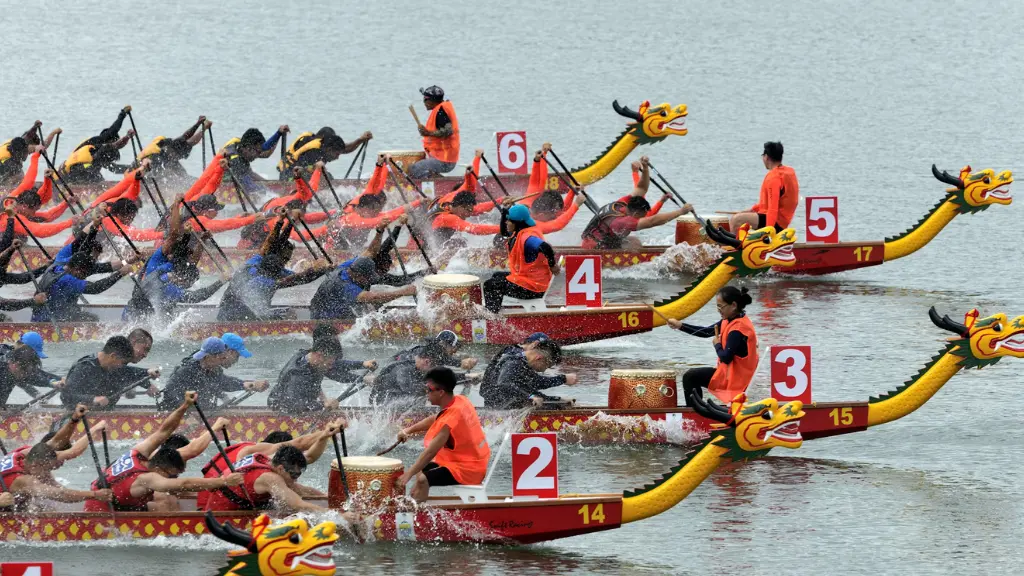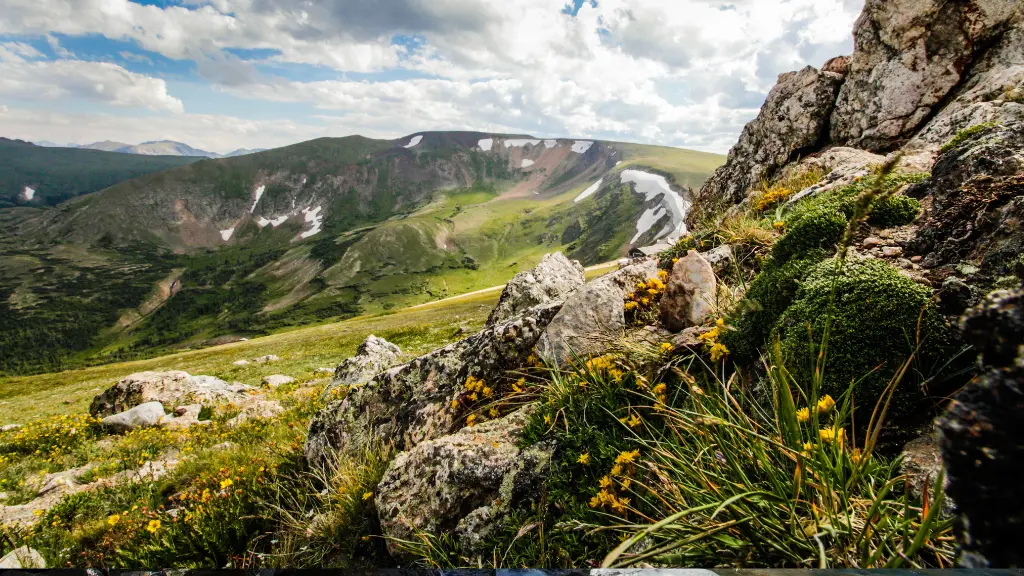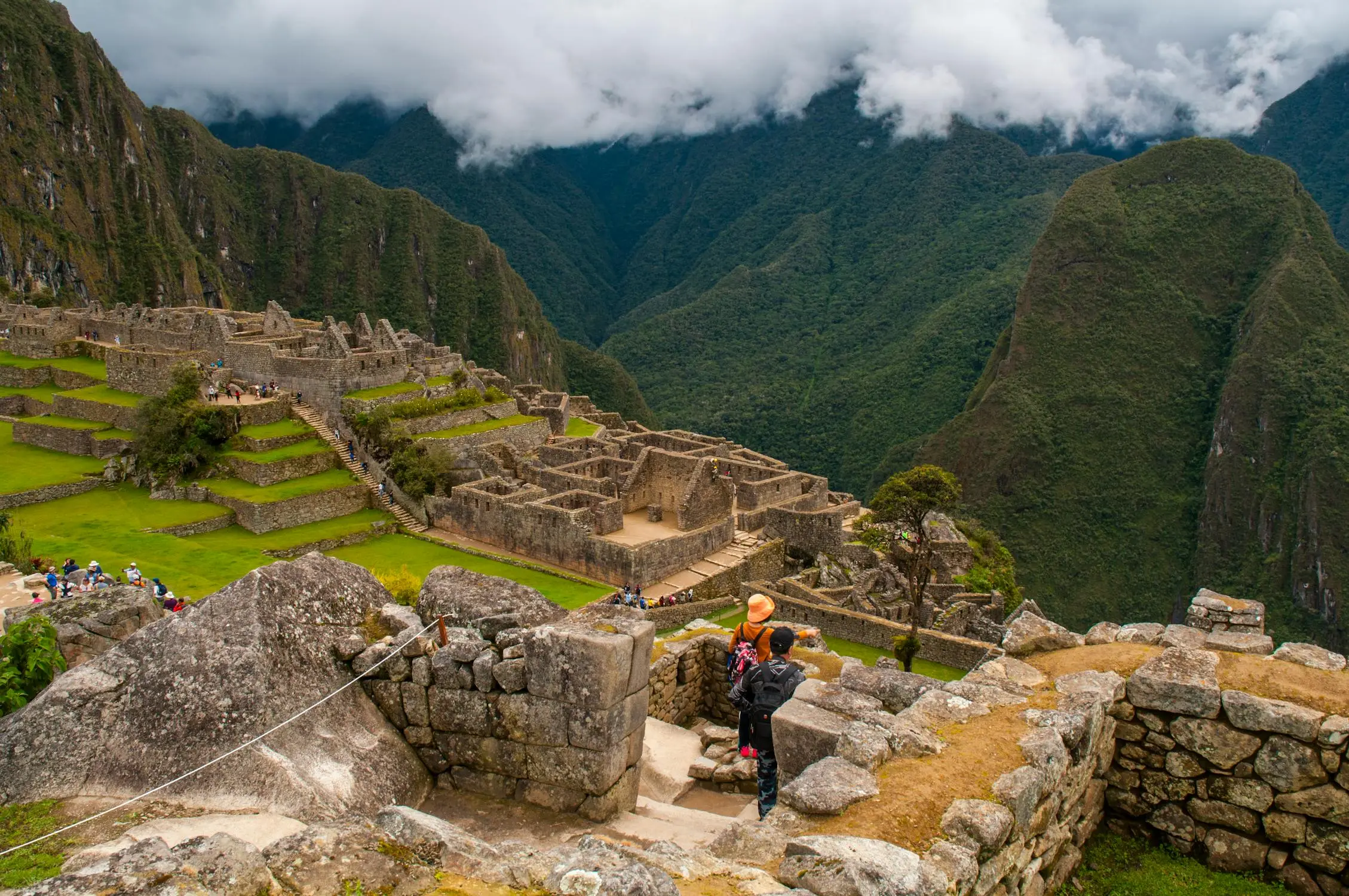Malaysia is a captivating country known for its diverse culture, lush landscapes, and iconic cities. It’s a popular destination year-round, but the best time to visit can depend on what you’re looking to experience.
With its equatorial climate, Malaysia sees varying weather patterns, including two monsoon seasons that can impact travel plans. Let’s dive into the different seasons, regional weather, and events so you can plan your trip to Malaysia with confidence.
You May Also Like: The Best Ruins to Explore in Mexico
Understanding Malaysia’s Climate
Malaysia has a tropical climate, which means warm and humid weather all year round. Average temperatures range between 77°F (25°C) and 95°F (35°C), making it ideal for beach-goers and nature lovers. The two main seasons are:
- Dry Season: Generally from March to October
- Rainy (Monsoon) Season: Typically from November to February
There are, however, two monsoon systems affecting Malaysia differently: the Southwest Monsoon and the Northeast Monsoon. The timing of these monsoons varies across the country, especially between the east and west coasts.
West Coast vs. East Coast Weather Patterns
Malaysia’s weather patterns differ greatly between the west coast (Peninsular Malaysia) and the east coast. This distinction affects the best travel times depending on the region you plan to visit.
- West Coast (including Kuala Lumpur, Penang, and Langkawi):
Best visited from December to February and May to August when rain levels are lower. - East Coast (including the Perhentian Islands, Tioman Island, and Redang Island):
Best visited between March and September as this region experiences heavy monsoon rains from November to February.
Knowing these regional differences can help you plan an itinerary that avoids the worst of the rainy weather.
Best Time to Visit Based on Seasons
Here’s a breakdown of what each season offers in terms of weather, activities, and festivals.
December to February: Cooler Dry Season
Weather:
This season marks one of the best times to visit most of Peninsular Malaysia, especially on the west coast. Temperatures remain warm, but the humidity is lower, and there’s less rainfall.
Best Destinations:
- Kuala Lumpur: Enjoy pleasant temperatures, perfect for city sightseeing and shopping.
- Penang and Langkawi: Great for beach activities, food tours, and nature excursions.
Festivals and Events:
- Chinese New Year (January or February): Celebrations are vibrant, especially in Penang, where you’ll see lion dances and festive decorations.
- Thaipusam (late January/early February): Witness one of Malaysia’s most colorful Hindu festivals at Batu Caves in Kuala Lumpur.
Tip:
Hotels can get busy due to the holiday season, so book early for the best rates.
March to May: Transitional Period
Weather:
Temperatures rise slightly, and the climate is warm and humid, with occasional afternoon showers. Rainfall remains manageable, and the weather is relatively stable.
Best Destinations:
- East Coast Islands: Many of the islands, including the Perhentians and Tioman, begin to open up as the heavy rains have mostly subsided.
- Cameron Highlands: If you want cooler temperatures, visit the Cameron Highlands for tea plantations, hiking trails, and cooler weather.
Festivals and Events:
- Hari Raya Aidilfitri (Eid al-Fitr): This Muslim festival, which marks the end of Ramadan, is celebrated with open houses, feasts, and cultural activities.
Tip:
Crowds are fewer, so this period is ideal for quieter, more relaxed travel, especially to outdoor attractions.
June to August: Peak Tourist Season
Weather:
This is a popular travel time for both local and international tourists. Rain is minimal on the west coast, making it ideal for beach vacations, city sightseeing, and outdoor adventures.
Best Destinations:
- Langkawi and Penang: Perfect for beach activities, jet-skiing, and snorkeling.
- Kuala Lumpur: Ideal for exploring the city’s landmarks, such as the Petronas Towers and cultural districts.
Festivals and Events:
- Gawai Festival (June): Celebrated by the indigenous communities of Borneo, especially in Sarawak.
- George Town Festival (August): This arts and culture festival in Penang showcases music, theater, and art from across the world.
Tip:
Accommodation prices may be higher, so plan and book early for better deals. Expect some areas to be crowded, especially beach resorts.
September to November: The Start of the Northeast Monsoon
Weather:
September brings rain to both coasts, with the northeast monsoon intensifying from October to November. This period sees high humidity and frequent downpours, especially in the eastern regions.
Best Destinations:
- Borneo: This period is ideal for rainforest adventures in Sabah and Sarawak. Despite some rain, these areas remain accessible and rich in biodiversity.
- Kuala Lumpur and Malacca: These cities are still suitable for travel, as the rain is often short-lived.
Festivals and Events:
- Malaysia Day (September 16): Celebrate the formation of Malaysia with parades, cultural events, and flag ceremonies.
- Deepavali (October/November): The Hindu festival of lights is celebrated with street decorations, dances, and temple activities.
Tip:
Rain can be unpredictable, so pack an umbrella and plan indoor activities or city tours.
Regional Highlights and When to Go
Borneo (Sabah and Sarawak)
For wildlife lovers, Borneo is a fantastic choice. The best time to explore the rainforests and coral reefs of Sabah and Sarawak is during the dry season from March to October. Look out for orangutans, pygmy elephants, and exotic birds.
Kuala Lumpur
Malaysia’s capital can be visited year-round, as rain showers typically last only a few hours. December to February and May to August are ideal due to the cooler, drier climate.
Malacca
Malacca is best visited between April and October. This UNESCO World Heritage site offers rich history, colorful buildings, and cultural fusion.
The Highlands (Cameron and Genting Highlands)
These cooler hill stations are a pleasant escape from the tropical heat. The highlands are great year-round, though expect more rain in November and December.
What to Pack for Each Season
- Dry Season: Lightweight clothing, sun protection, and comfortable walking shoes.
- Rainy Season: Umbrella, raincoat, quick-drying clothes, and mosquito repellent.
- Highlands: Light jacket or sweater, as temperatures can be cooler in elevated areas.
Conclusion: Choosing the Best Time for Your Malaysia Trip
When it comes to visiting Malaysia, understanding the seasonal changes across different regions can make a big difference. While the dry season is generally ideal, the monsoon season offers fewer crowds and a lush, green landscape. By aligning your interests—beach days, jungle treks, city tours—with the right season, you’ll experience the best of Malaysia’s diverse offerings.
Whether you want sunny beach days, cultural festivities, or rainforest adventures, Malaysia has it all. Plan wisely, and you’ll enjoy an unforgettable trip in this vibrant, tropical country.










